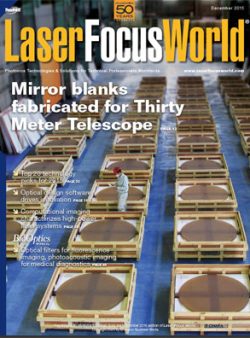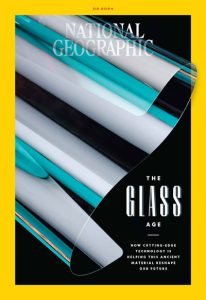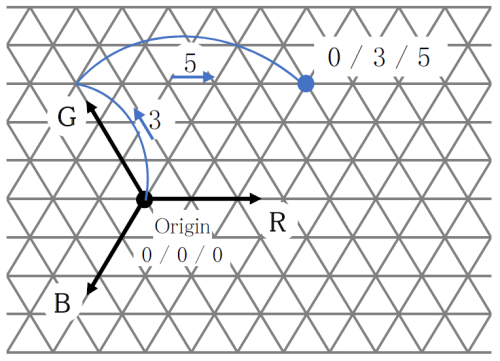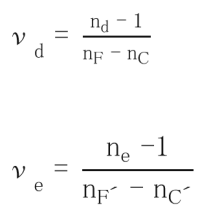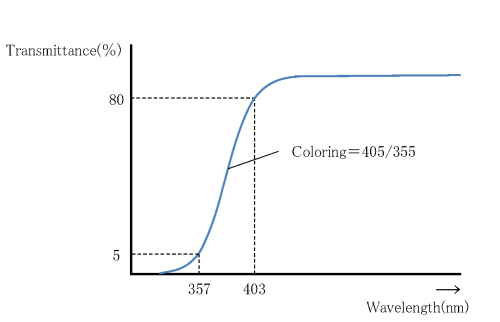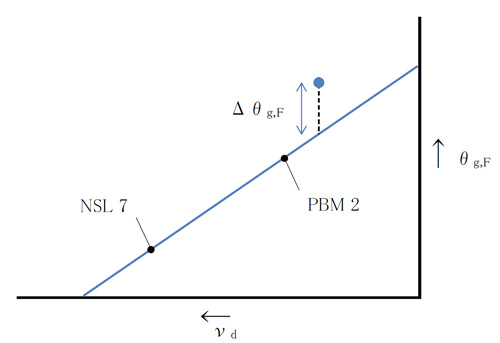CLEARCERAM®-Z
Glass-ceramic with an Ultra-Low Thermal Expansion Coefficient and developed by High Homogeneity melting and Precise Crystallization.Key Properties of CLEARCERAM®-Z
Ultra-Low Expansion Glass
- Shows almost Zero Thermal Expansion over a wide temperature range & offers superior thermal shock resistance
- CCZ-Regular offers lower thermal expansion across a wide temperature range
- CCZ-HS offers lower thermal expansion near room temperature.
- Superior Mechanical Properties – The crystal grain structure of prevents the propagation of microscopic cracks that can be caused in between machining processes. This allows CCZ to be processed into various shapes with high accuracy and elevated yield rates. CLEARCERAM®-Z is comprised of approximately 70% ceramic material, which makes the mechanical characteristics superior to regular amorphous glass when comparing properties such as Young’s Modulus, Rigidity, Bending Strength, and Knoop Hardness.
- Excellent chemical resistance, durability, and stability in various cleaning and thin-film coating processes as the composition does not contain Na, K, B, F, or Pb.
Applications
CLEARCERAM®-Z is used for semiconductor stepper components, liquid crystal stepper components, optical flats, spacers, windows, interferometer components, laser refraction mirrors and suspensions, astronomical telescope mirrors, block gauges, long precision scales, optical pedestal platforms, and pedestals for precision equipment. This material is an ideal alternate to quartz glass, ceramics, or low thermal expansion alloys. Please contact us for additional details about CLEARCERAM®-Z- Ultra Low Expansion Glass.
Gallery
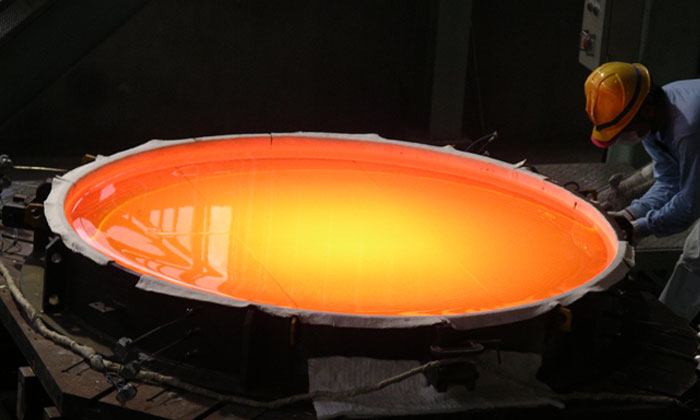
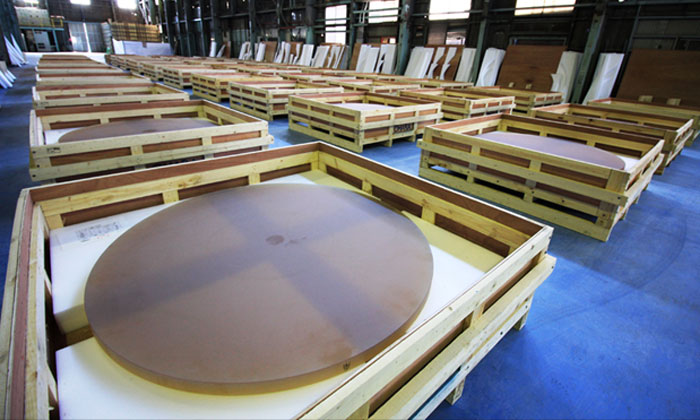
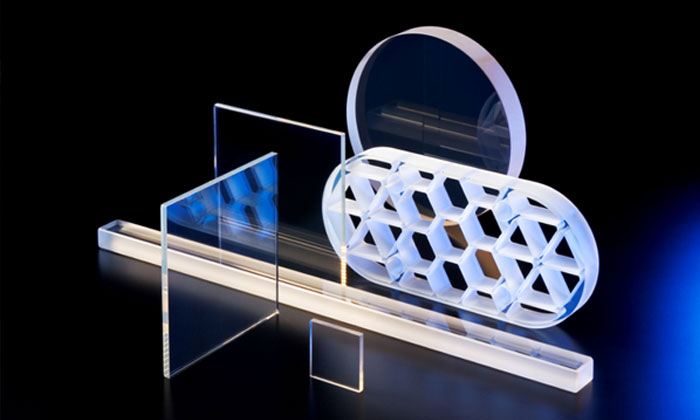
CLEARCERAM®-Z Papers
‘Laser Focus World – December 2015’
At the heart of the TMT are the 492 hexagonal mirrors that make up the telescope’s primary mirror. Ohara Inc. is supplying the 574 M1 segment mirror blanks needed for the telescope (Including spares) and has produced more than 100 mirror blanks already. Made of Ohara’s CLEARCERAM®-Z ultra-low expansion glass ceramic, each blank is 1.5 m in diameter and about 50 mm thick, according to Brion Hoffman, president of Ohara Corp.
(Courtesy of Laser Focus World and the TMT).
E6 Low Expansion Glass - OC’s Work with The University of Arizona
In 1982, Ohara supplied E6 Low Expansion Glass to The University of Arizona for the first spin cast trial mirror, used in The Vatican Advanced Technology Telescope. Over the decades, Ohara’s E6 has been used in the Smithsonian Astrophysical Observatory, the Large Binocular Telescope, and the Multiple Mirror Telescope Conversion, to name a few. Currently, E6 Low Expansion Glass is being used to make the primary mirrors for the Giant Magellan Telescope (GMT)! The GMT is under construction at the Las Campanas Observatory in Chile. This segmented mirror telescope will utilize seven monolithic lightweight mirrors (the largest in the world): 6 off-axis 8.4 meter (27 ft.) in diameter mirror segments surrounding 1 single on-axis mirror segment, forming a single optical surface 24.5 meters (80 ft.) in diameter.
E6 Low Expansion Glass - OC’s Work with National Geographic
National Geographic’s February 2024 issue includes the article, “A glass revolution is underway. Spoiler alert: it bends and bounces,” which features Ohara’s E6 Low Expansion Glass. The article highlights how E6 glass is melted and processed in Japan and serves a pivotal role in the spin-cast mirrors used in several of the world’s largest telescopes. National Geographic emphasizes that E6 glass is just one example of how glass is being reinvented to make huge technological and industrial advancements.

